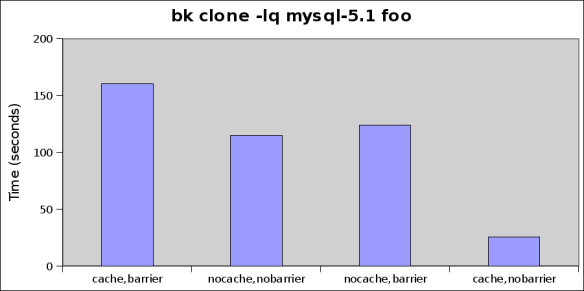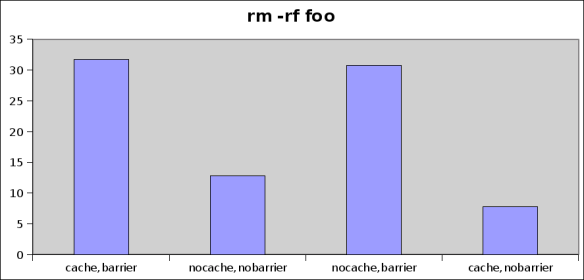I flew back into Sydney on Sunday morning to give a tutorial at Sun’s Expanding Horizon’s summit. It was a half day tutorial on MySQL Cluster – so a shortened version of the one I’ve given at the MySQL User Conference for the past few years. I had about 15 attendees, all of which had done their homework (It probably help that they were pestered via phone :)
The tutorial went really well. It really helps when everybody has done the homework and already have Linux and MySQL Cluster installed. Everybody got up and running (we used mysql-test-run to start a cluster, not writing the config file from scratch, which made things happen a lot faster). Also got some good feedback – yay! We may even have some people look to deploy it after attending, always a plus.
I also gave a “Scaling MySQL” talk that was well attended. I didn’t talk at all about query optimisation, mysqld configuration tuning or stuff like that – instead focusing on making the app saner, caching etc. memcached, of course, got a good mention :) It seemed to go down well, some good questions, and a rather full room.
So a rather productive two days for spreading the freedom love.
However, the conference dinner was complete FAIL on account of the venue. I don’t know which vegetarians/vegans call beef and fish vegetarian, but I’ve never met one (hint: they don’t exist). This is *after* the explanation on being vegan. Then… there was some discussion about pasta with a tomato/vegetable sauce, never came. So as others were finishing meals, again inquire – eventually, something was brought over. Undercooked rice and undercooked steamed vegetables. I don’t know who eats that for dinner (hint: nobody). Of course, after the pasta discussion, I then selected a wine that would go with it. After more of the stuff-ups, I pointed out that there was no way I was going to pay for the wine when shit like that was served (yes, in those words… perhaps I’ve been watching too much Gordon Ramsay).
It was the first time ever that I’ve left a restaurant during a function, gone down the street, gotten take away and brought it back. Novotel Brighton Beach (in Sydney) – you suck.
(there’s also a beutiful view across the bay of the runways of Sydney airport… which is fine if you can sleep through planes landing an taking off, like i can, but i know others can’t).
Will never stay at the Novotel Brighton Beach voluntarily, ever. On the plus side, the guy at the desk when checking out was very apologetic…
Like this:
Like Loading...



